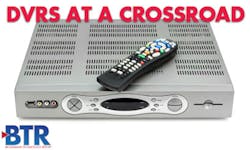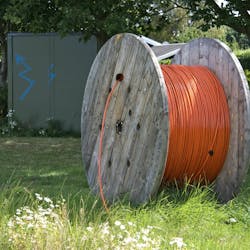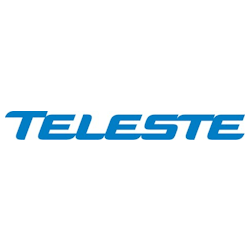It's an accepted fact that digital video recording (DVR) functionality is an important service for cable operators. The question the industry will be facing during the next couple of years is precisely how DVR - or DVR functionality, in cases in which the software code is liberated from the physical equipment - will evolve to fit into the overall picture of what an in-home network is.That picture, of course, is changing rapidly. Cable executives understand this, said Evan Young, the senior director of product marketing for TiVo (NASDAQ:TIVO). "Operators do think a lot about DVR services," he said. "You can talk about DVR ... as being a slightly smarter VCR. We think of it as the jumping off point to a lot of services subscribers want, such as OTT, and to mobile device integration."The tricky thing is that DVR functionality can be implemented in a number of ways. "North American MSOs are trending towards the two approaches of a master/client shared DVR solution or a network DVR," wrote Michael Hawkey, the vice president of sales and marketing for EchoStar (NASDAQ:SATS), in response to emailed questions. "Network DVR is not a feasible solution for all MSOs - the solution requires extensive capital expense for network buildout (or the use of a third-party network), is heavily weighted towards those MSOs who own the IP pipe to the subscriber home, and also comes with a list of content rights issues."The first question is pretty basic: Where will the DVR functionality be in the long run? This is an issue in which the business, technology and legal worlds truly meet. The issue is that content owners claimed that network DVR - locating the record and playback functionality in the headend or elsewhere in the cloud - breached their copyright protections. Cablevision was the leading MSO in arguing that that is not so. It finally won the right and rolled out a network DVR in New York City in January. The operator and Comcast reportedly are set to expand their network DVR initiatives in the near future.Paul Palermo, the director of business development and product marketing for ARRIS (NASDAQ:ARRS), said it is likely that DVR functionality will stay in the consumer devices because that paradigm is well-understood by subscribers and operators. It remains, however, an issue that is not settled. "It still is a hot topic of discussion," he said. "It is under evaluation by a lot of the players. The easiest solution may be a CPE with a hard disk. But that begs the question of how big a disk."DVR services are subscribed to by about 45% of cable subscribers, said Chris Lee, the product management director for Rovi (NASDAQ:ROVI). It is a firmly established and well-understood commodity - and one with which operators don't want to take chances. On the other hand, the networks into which they are being deployed are changing drastically. The role of DVR capabilities going forward must be planned with those changes in mind.Even before the actual network is considered, it is important to understand that how subscribers want to use DRV functionality is gradually shifting. Lee said high-quality TV sets - those that owners are more likely to want to use for prerecorded content more often - are proliferating around the home. If, for instance, there is DVR storage functionality at the main TV set in the home but subscribers want to watch programs on second, third and fourth sets in family rooms and bedrooms, "slave devices" - diskless players that accept signals and display them on the monitor - will be connected by MoCA or DNLA technologies. This can form the basis of a home network.The days of multiple DVRs connected to the headend but not to each other may be passing. "There are cable operators testing gateway devices and diskless devices in friendly homes today," Lee said. "It is not so much that the technology is not ready. The technology is there. It's more of a cable operator testing whether to go with a fully managed IP network from the cloud or a managed network in the home. Does the operator want to put a new gateway device in the house or a 1ru [in the headend] and support an entire node?"The answer to that and related questions will influence precisely how DVR functionality is handled in home networks going forward. The industry faces some key questions that speak both to DVRs specifically and to the bigger issues of how they will manage their burgeoning number of services - which go beyond entertainment to home security and automation. "The DVR in my mind is evolving," Lee said.EchoStar's Hawkey indicated that the jury still is out on which way the industry will go on DVRs. "Only time will tell," he wrote. "It really depends on who gets there first with a solution that will permeate and 'stick' with consumer awareness and household standards. Today, North America's DVR solutions are just as fractured and scattered as TV Everywhere - there are many different approaches, and the term means different things to different people. If you are a consumer, does DVR mean a product, an MSO service, or a household network solution?"Carl Weinschenk is the Senior Editor of Broadband Technology Report. Reach him at [email protected].






